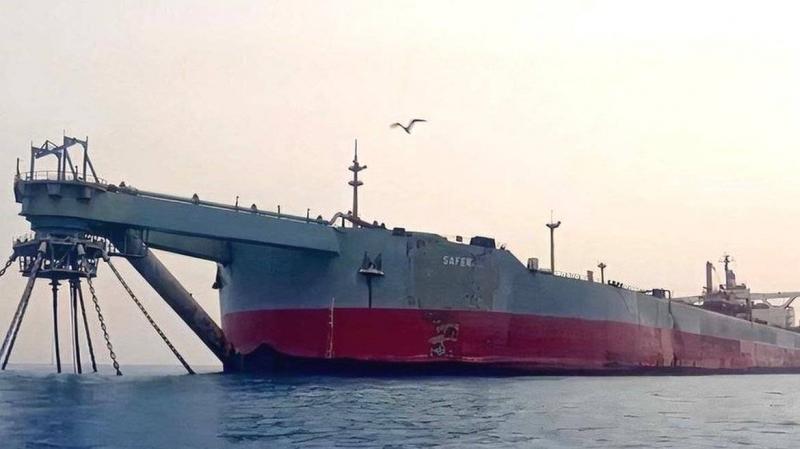Sources revealed today, Monday, that insurance coverage has been secured for a dilapidated oil tanker anchored off the coast of Yemen, as part of preparations for a complicated operation to transfer oil from it. United Nations officials have warned for years that the Red Sea and the Yemeni coast are at risk as oil could leak from the Safir tanker in quantities that could reach up to four times the amount that leaked in the Exxon Valdez disaster in 1989 off Alaska.
Officials stated that the tanker, built in 1976, is anchored about five nautical miles off the Yemeni coast and carries around 1.14 million barrels of light crude oil that has been stranded on board for years due to the inability to offload it in Yemen during the war. Inspections are being conducted before starting the oil transfer, and it remains unclear how long this process will take.
Houdin Insurance Brokerage stated in a press release that "the United Nations Development Programme appointed it through a public tender to assess the insurable risks and arrange insurance coverage for the transfer of oil from one vessel to another, which will not be a routine operation." The Director of the United Nations Development Programme, Achim Steiner, said in the statement, "Insurance has become a critical element in enabling the rescue operation to continue. Without it, the mission cannot proceed."
The joint statement added that negotiations resulted in the participation of 13 different entities for underwriting, including Fidelity as one of the primary insurance companies. The oil transfer process is complicated due to the tanker's location in waters considered high-risk by the Lloyd's insurance market. The war in Yemen has suspended maintenance operations on the Safir tanker since 2015. The United Nations has warned of significant deterioration in its structural integrity and that it is at risk of explosion.




